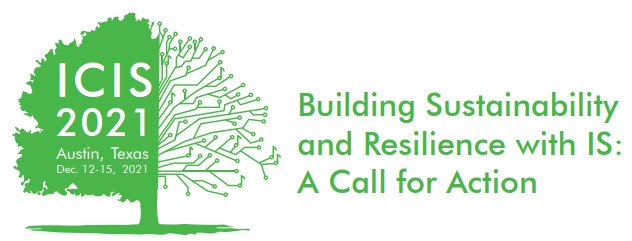IS Implementation & Adoption
Loading...
Paper Number
1157
Paper Type
short
Description
Digital debt refers to the build-up of technical and informational obligations related to platform maintenance and evolvability that represent performance risks in an organization’s work processes, which may result in expensive maintenance cost and severe system failures in the future. While it is becoming increasingly prevalent as resource-constrained organizations across the globe chase the latest technology trends, little is currently known about its mechanisms through which it is accrued. Using a case study of a software vendor from South Korea who has served over 100 resource constrained clients, this study develops and presents a theoretical framework of digital debt accrual. More specifically, the framework suggests that digital debt accrual is a process of three stages: (1) Design Economization, (2) Piecemeal Development, and (3) Redundant Concurrency. Each of the stages results in a different form of digital debt that reinforces each other over time to form a vicious cycle.
Recommended Citation
Park, Grace (Ha Eun) and Tan, Barney, "The Accrual of Digital Debt" (2021). ICIS 2021 Proceedings. 1.
https://aisel.aisnet.org/icis2021/is_implement/is_implement/1
The Accrual of Digital Debt
Digital debt refers to the build-up of technical and informational obligations related to platform maintenance and evolvability that represent performance risks in an organization’s work processes, which may result in expensive maintenance cost and severe system failures in the future. While it is becoming increasingly prevalent as resource-constrained organizations across the globe chase the latest technology trends, little is currently known about its mechanisms through which it is accrued. Using a case study of a software vendor from South Korea who has served over 100 resource constrained clients, this study develops and presents a theoretical framework of digital debt accrual. More specifically, the framework suggests that digital debt accrual is a process of three stages: (1) Design Economization, (2) Piecemeal Development, and (3) Redundant Concurrency. Each of the stages results in a different form of digital debt that reinforces each other over time to form a vicious cycle.
When commenting on articles, please be friendly, welcoming, respectful and abide by the AIS eLibrary Discussion Thread Code of Conduct posted here.



Comments
13-ImplAndAdopt